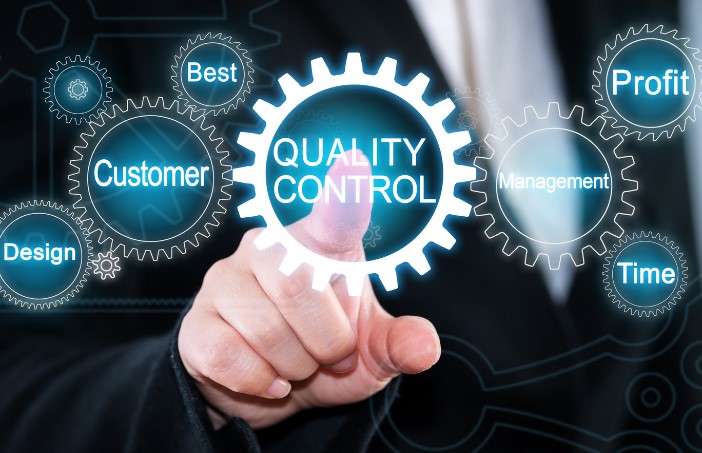Collaborating with partners from outside your organization can bring many benefits like saving cost, increaseing productivity and efficiency, staff flexibility. However, successful collaboration requires careful attention to various factors. In this article, we will discuss three key elements to ensure successful collaboration with an external partner: effective communication, coordination, and quality assurance.
1. Effective Communication
Effective communication is essential for any successful collaboration. When working with an external partner, it’s important to have clear and open lines of communication to establish mutual understanding, align goals, and address challenges promptly. Here are some tips to foster good communication between both parties:
- Regular and transparent communication: Set up a communication plan that includes regular meetings, progress updates, and discussions about important milestones. Use communication channels like email, online platforms, and project management tools to ensure information flows efficiently and maintains transparency.
- Active listening and positive feedback: Actively listen to your partner’s ideas, concerns, and proposals. Encourage a culture of open feedback and provide constructive input. This two-way communication approach builds trust, promotes collaboration, and helps identify areas for improvement.
- Clarity in expectations and outcomes: Clearly define the roles, responsibilities, and expectations of both parties from the beginning of the collaboration. Ensure that all stakeholders have a shared understanding of the project’s goals, timeline, and deliverables. This clarity helps avoid misunderstandings and reduces the risks of ineffective efforts.
- Language Compatibility: Choosing a partner who can effectively communicate in a mutually understandable language facilitates smooth collaboration, minimizes language barriers, and promotes a conducive environment for working together.

2. Coordination
To ensure successful collaboration with external partners, it’s important to coordinate effectively between your organization and the partner. This means ensuring that everyone is working together towards the same goals in a synchronized way. Here are some tips for effective coordination:
- Project management: Assign someone or a team to manage the collaboration. Their role is to coordinate tasks, track progress, and resolve any issues that may arise. Use project management tools to help with assigning tasks, managing timelines, and allocating resources.
- Regular meetings and checkpoints: Schedule regular meetings or checkpoints to review progress, address challenges, and discuss any changes in the project. These meetings allow everyone involved to share updates, adjust strategies if needed, and stay on track.
- Collaboration tools and technology: Make use of tools and technology that can help with communication and coordination. This could include platforms for sharing documents, systems for managing tasks, and tools that allow real-time collaboration. These tools can improve efficiency, make it easier to exchange information and ensure that everyone has access to the latest project information.

3. Quality Control Measures
Maintaining high-quality standards throughout the collaboration process is essential for achieving successful outcomes. Implementing effective quality control measures helps identify and address issues promptly, ensuring that the delivered products meet the desired level of quality. Consider the following methods for effective quality control:
- Clearly defined quality indicators: Identify specific quality indicators and standards that align with the project objectives. These may include factors like accuracy, timeliness, customer satisfaction, and adherence to established principles. Communicate these expectations to your external partner and ensure they understand the importance of meeting these criteria.
- Continuous monitoring and evaluation: Regularly monitor and evaluate the progress of the collaboration to identify any deviations or potential quality concerns. Conduct feedback loops and periodic assessments to evaluate the quality of work, address any shortcomings, and make necessary adjustments to maintain the desired level of quality.
- Continuous improvement: Foster a culture of continuous improvement throughout the collaboration process. Encourage an environment where all parties can share lessons learned, propose process improvements, and collaborate to find innovative solutions. Embracing a mindset of continuous improvement enhances the overall quality of collaboration and leads to better results.

In summary, successful collaboration with an external partner depends on effective communication, coordination, and quality control measures. By prioritizing these three factors, organizations can establish strong partnership relationships, overcome challenges, and maximize the benefits of working together. Remember that open and transparent communication, collaborative effort, and a commitment to quality support effective collaboration.
By the way, we specialize in Engineering Services, and our mission is to make your life easier by providing quality, fast, and cost-effective services. Please don’t hesitate to contact us or fill out the form below if you have any questions about our services. Your organization will always benefit greatly from outsourcing your tasks to a capable service provider.
[caldera_form id=”CF5cf54415e09d6″]

